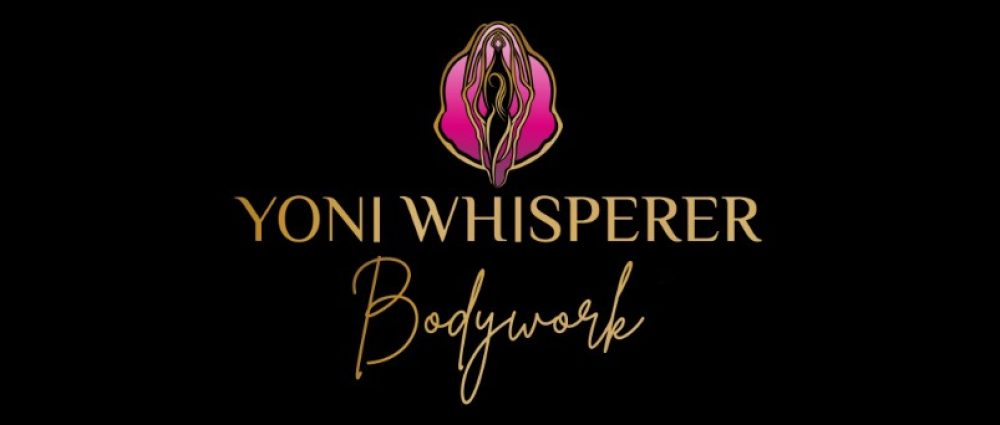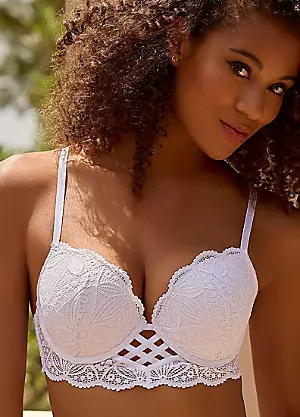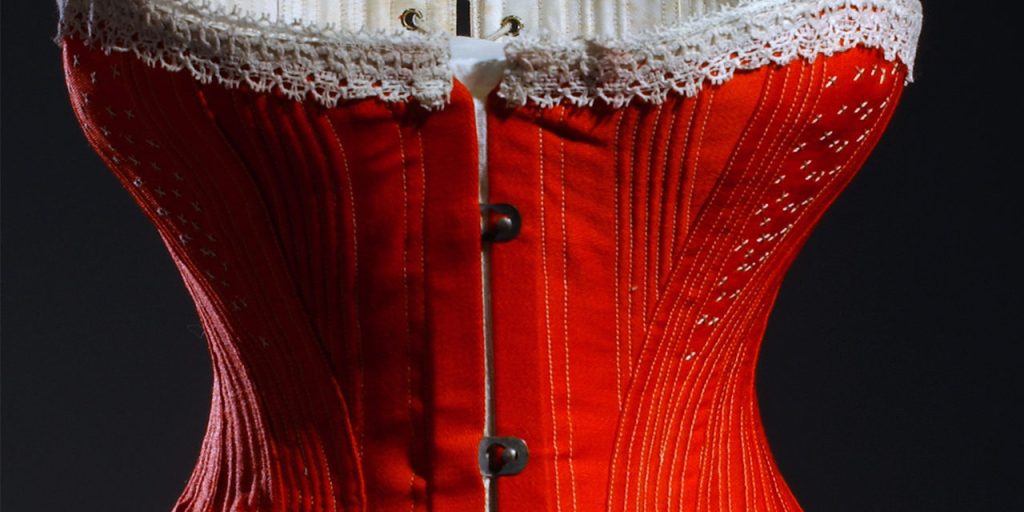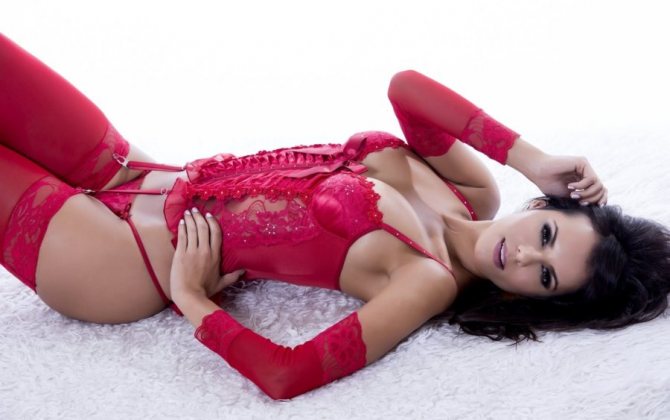History of the Bra
The history of the bra (aka the brassiere), is a foundational garment in the wardrobe of many women. Its evolution from ancient origins to modern-day styles has been influenced by societal norms, technological advancements, and changing fashion trends.
.
.
THE HISTORY OF THE BRA
AKA BRASSIERE
.
The bra, an essential undergarment worn by countless women around the world, has a history as fascinating and intricate as the various styles it has taken over time. From ancient civilizations to the modern era, the evolution of the bra reflects not only changes in fashion but also shifts in societal norms, women’s roles, and the quest for comfort and empowerment.
.
.
ANCIENT BEGINNINGS
The concept of providing support to the breasts can be traced back to ancient civilizations. In ancient Greece, women used a band of fabric, known as a “strophion,” to bind their breasts for modesty and comfort during physical activities.
Similarly, Roman women wore a “mamillare” made of soft fabric or leather to minimize movement and provide support and Minoan women in ancient Crete wore “apodesmos,” a form of undergarment designed to lift and support the breasts.
.
.
.
.
MEDIEVAL & RENAISSANCE
During the Middle Ages, corsets and stays gained popularity, designed to shape the torso and create a fashionable silhouette. These garments offered some level of breast support but were primarily focused on shaping the waistline. In the Renaissance era, the stays evolved into the “pair of bodies,” a bodice-like garment that supported the bust while emphasizing a conical shape.
.
History of the Bra
THE EARLY 19TH CENTURY
CORSETS & CRINOLINES
The 19th century saw the rise of the corset, a garment designed to shape and support the torso. While not exclusively focused on breast support, corsets played a significant role in shaping the bust line according to the fashionable standards of the time. The desire for an hourglass figure resulted in corsets that provided both uplift and compression.
.
.
.
.
THE LATE 19TH CENTURY
THE SHIFT TOWARDS COMFORT
The late 19th century saw significant changes in women’s fashion and undergarments. The invention of the sewing machine led to the production of more practical and comfortable undergarments. The “bust improver” emerged, offering padding and support without the restrictive nature of corsets. Women’s rights movements and changing societal roles also contributed to a growing demand for more functional undergarments.
.
.

The Edwardian Bust Improver
.
.
THE EARLY 20TH CENTURY
THE BIRTH OF THE BRA
The early 20th century witnessed the birth of the modern bra as we know it. In 1913, Mary Phelps Jacob (later known as Caresse Crosby) patented the first “Backless Brassiere,” a prototype of the modern bra. Her design incorporated two silk handkerchiefs and ribbon, providing support without the constraints of corsets. This innovative concept laid the foundation for the bras we wear today.
.
.

Mary Phelps Jacob — The “Backless Brassiere
.
.
THE 1920s
FLAPPERS AND THE FLATTENING TREND
The roaring 1920s brought a wave of liberation and the iconic flapper style. This era saw a trend towards a more youthful, boyish figure, and the “flattening” bra became popular to achieve a more androgynous silhouette. Brassieres of this time minimized the appearance of the bust rather than enhancing it. Bras with a bandeau-style design gained popularity, catering to the desire for a flatter chest.
.
.
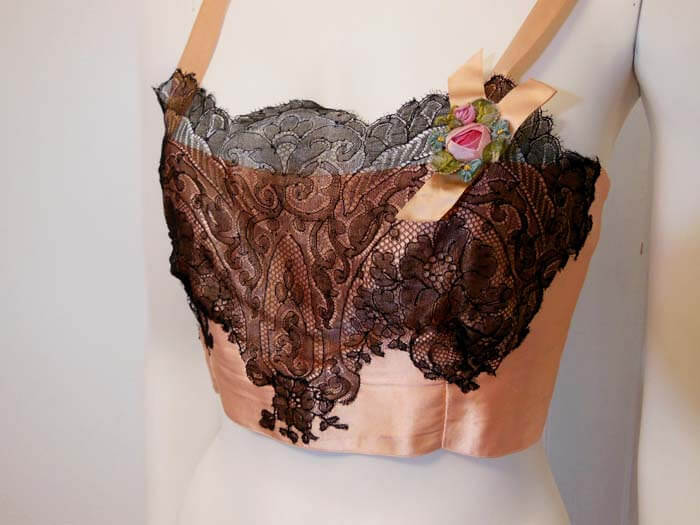
The Flapper Style
.
.
History of the Bra
MID 20TH CENTURY
SHAPING AND SUPPORT
As fashion evolved, so did the bra. The 1940s and 1950s embraced a more curvaceous figure, and bras with structured cups and underwires gained popularity. Hollywood’s influence on fashion also played a role in shaping bra styles, emphasizing cleavage and feminine curves.
Actresses like Mae West and Marilyn Monroe emphasized an uplifted bust line, leading to the development of bras that offered lift and shaping through padding and underwire.
.
.

.
.
LATE 20TH CENTURY
COMFORT AND DIVERSITY
Advancements in fabric technology and manufacturing techniques led to a diverse array of bra styles, while the feminist movements of the 1960s and 1970s challenged conventional ideas about femininity and beauty. In this changing landscape, a significant moment emerged when women participated in bra-burning protests during the late 20th century—a powerful gesture that symbolized liberation and defiance against societal norms. This act transformed the bra from a simple undergarment into a symbol of empowerment and the ongoing struggle for gender equality.
Responding to the changing norms, the bra industry diversified its offerings to meet a range of preferences and needs, giving rise to the push-up bra that celebrated self-expression and confidence. Alongside this shift, comfort and functionality gained prominence, leading to the popularity of soft-cup bras, sports bras, and bralettes that allowed women to embrace their bodies while maintaining support. This era also saw the lingerie industry embrace body diversity, creating bras for a wide range of shapes and sizes, challenging traditional beauty standards.
As the late 20th century progressed, the introduction of maternity bras revolutionized the breastfeeding experience, catering to the needs of nursing mothers with easy access and comprehensive breast support. This innovation underscored the industry’s commitment to addressing the unique phases of a woman’s life.
In essence, the evolution of the bra mirrors the evolution of women’s empowerment, reflecting changes in fashion, societal expectations, and the pursuit of comfort and self-assuredness.
.
.
.
.
THE MODERN 21ST CENTURY
EMPOWERMENT AND PESONALIZATION
Today, bras come in an incredible array of styles, sizes, and materials, catering to individual preferences and needs. The focus has shifted from conforming to societal standards to embracing personal comfort and empowerment. Bra technology continues to evolve, incorporating advanced fabrics and designs to provide optimal support and customization.
.
.
.
.
FASHION AND EMPOWERMENT
The history of the bra is a journey that mirrors the evolving attitudes towards women’s bodies, fashion, the quest for comfort, self-expression and empowerment.
From ancient binding techniques to the modern era of the push up bra and personalized comfort and style, the bra’s evolution showcases the resilience and adaptability of both fashion and the women who wear it.
As we celebrate its history, let us also look forward to a future where lingerie continues to embrace diversity and empower individuals to feel sexy, confident and comfortable in their own skin.
.
History of the Bra
Written by Aleena Aspley who is a Certifed Sexological Bodyworker / Somatic Sexologist & NEO Tantra Intimacy Coach. Aleena’s bodywork studio is located in North Brisbane and is by appointment only.
Bodywork Directory — www.AleenaAspley.com
Women — www.YoniWhisperer.com.au
Men — www.LingamWhisperer.com.au
Couples — www.TantricWhisperer.com
.
.
History of the Bra
